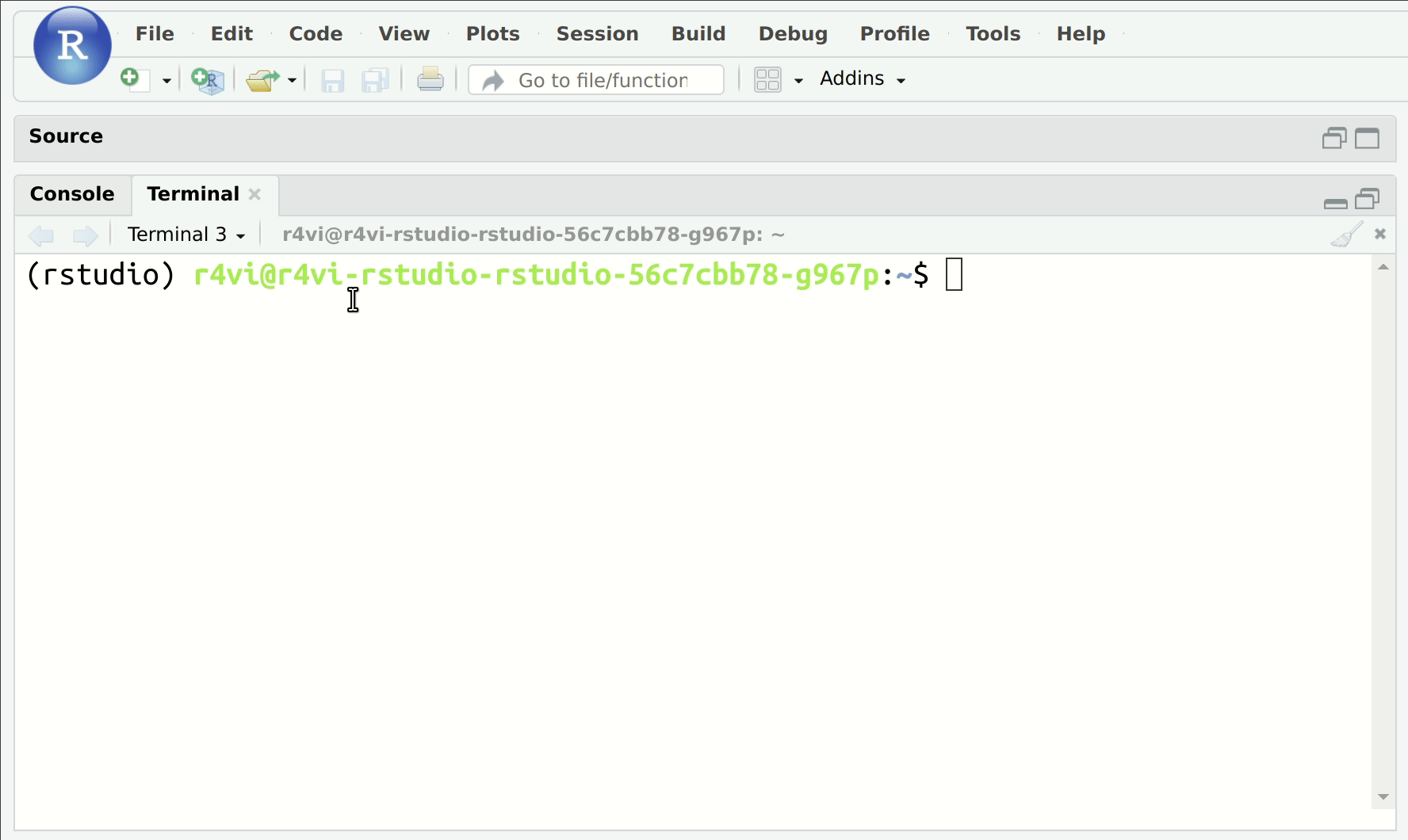

- #Conda install package in octive how to
- #Conda install package in octive code
- #Conda install package in octive free
Jupyter kernelspec files for HCC resourcesĪ simulation package of phonon-phonon interaction related properties PyTorch is an optimized tensor library for deep learning using GPUs and CPUs. Image and video datasets and models for torch deep learning
#Conda install package in octive free
If you have any suggestions or spot an error in the article, feel free to leave a comment below to let us know.Identification of mitochondrial structural alterations.
#Conda install package in octive how to
You may want to check out our guide on how to fix “pip: command not found” error, which is a common error among beginners. We hope that the article helped you install OpenCV using either pip or conda successfully. The following command will create a new myenv virtual environment and install OpenCV into it. This way, you'll avoid dependencies problem. Suppose you've got Anaconda installed on your Linux-based system, installing it should be as easy as running the following command in any terminal emulator: conda install opencvĪnother safer approach is creating a virtual environment before actually install OpenCV. OpenCV is being listed as one of the officially supported packages. pip, by contrast, will just install the package the user specified and any dependencies, even if that breaks other packages. Otherwise, it will tell the user that what he or she wants can't be done. In other words, pip will do whatever you told (install the package) even if that breaks other packages.Ĭonda, on the other hand, would verify the current setup to see whether dependencies that has been installed or not, and figures out how to install compatible dependencies based on that information. For example, a working installation of pandas (depends heavily on NumPy to work) would suddenly stop working if pip installs a new package that depends a different version of the NumPy library - everything would still appear to work, but different results would be returned and may confuse even experienced users.

Pip installed all Python package dependencies required, whether or not those conflict with other packages previously installed. It's originally part Anaconda Python distribution, meaning it's aimed to solve complex set ups and package management challenges for data scientist. The opencv-python package also doesn't include non-free/proprietary algorithms because of open source licensing restrictions.Ĭonda is another package manager, built not just for Python but also R.

Opencv-python has its own set of limitations, though I personally think it doesn't really matter if you're a beginner.įirst, it doesn't support GPU acceleration out of the box.

You do not need to install OpenCV separately (e.g. The package already contains OpenCV binaries as well as its Python bindings. You don't need to build it from source, instead, just run the following command in a terminal emulator. It is made as an effort to simplify the installation of OpenCV and is now an official OpenCV project. OpenCV-Python is a pre-built OpenCV packages for Python. Whenever you call any cv2 method or function (need import cv2 first, your request will be forwarded to opencv by cv2, where the actual computations happen. Official Python binding for OpenCV is named cv2. Then, the bindings are installed, let's call it opencv.
#Conda install package in octive code
Normally, you need to understand that the original OpenCV source code comes as several parts packaged into one.įirst, the build process takes the source code and output a binary that works with your system. 3 Install OpenCV with conda OpenCV Bindings


 0 kommentar(er)
0 kommentar(er)
